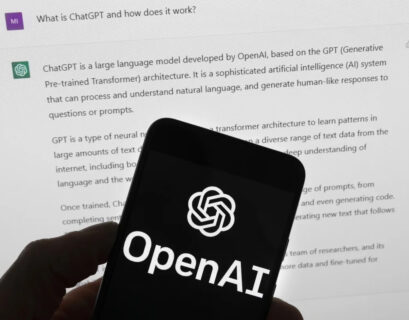Artificial intelligence (AI) has become a fundamental component of cybersecurity for many years, but the widespread integration of Large Language Models (LLMs) has brought a new level of excitement to the field in 2023. The emergence of LLMs has initiated a significant transformation in the cybersecurity landscape, presenting both opportunities and challenges.
On the positive side, LLMs enable the efficient processing of vast amounts of data, democratizing AI accessibility across different sectors. They offer substantial benefits in terms of operational efficiency, intelligence enhancement, and scalability for tasks such as vulnerability management, attack prevention, alert handling, and incident response.
Conversely, adversaries can exploit LLMs to streamline attacks, capitalize on new vulnerabilities introduced by these models, and potentially lead to cybersecurity risks like inadvertent data exposure due to the widespread adoption of AI technology.
The deployment of LLMs necessitates a paradigm shift in cybersecurity strategy, emphasizing a more dynamic, interactive, and personalized approach. Unlike the traditional hardware-centric era where upgrades were infrequent, and software updates were periodic, the era of AI demands continuous learning and adaptation. Therefore, ensuring secure AI models, safeguarding against data poisoning, and implementing ongoing evaluation and monitoring of LLM systems post-deployment are critical imperatives.
Central to this evolution is the need to imbue security systems with inherent intelligence, akin to instilling moral values in children, enabling them to autonomously make informed and resilient decisions in the face of adversarial inputs.
Reflecting on the developments in 2023, the impact of LLMs on cybersecurity has been profound, particularly in addressing challenges related to data scarcity, lack of ground truth, explainability, and talent shortages. By leveraging LLMs, cybersecurity professionals have made significant strides in enhancing data quality, improving ground truth accuracy, automating security operations, and mitigating talent deficiencies.
Looking ahead to 2024, three key predictions emerge:
-
Advancements in AI Models: Specialized AI models tailored to the intricacies of cybersecurity will witness significant progress, focusing on hyper-accuracy and domain-specific knowledge critical for threat detection and risk mitigation.
-
Emergence of Tailored Use Cases: Targeted applications of LLMs in cybersecurity will drive transformative use cases, optimizing operational efficiency, enhancing productivity, and addressing real-world security challenges effectively.
-
Focus on AI Security and Safety: The industry will intensify efforts to develop secure AI frameworks, balancing the benefits of AI innovation with the imperative of safeguarding against malicious exploitation and ensuring the ethical use of AI technologies.
As the cybersecurity landscape continues to evolve, collaboration across various stakeholders—vendors, organizations, academia, policymakers, and regulators—will be paramount in fortifying AI defenses against emerging threats. The journey towards secure and intelligent AI systems demands ongoing vigilance, adaptability, and a collective commitment to innovation and resilience.
In conclusion, while the advancements in AI within cybersecurity have been remarkable thus far, the best is yet to come. The trajectory of AI integration in cybersecurity indicates a promising future characterized by enhanced precision, efficacy, and relevance in addressing the ever-evolving cybersecurity challenges. The year 2024 is poised to be a pivotal moment in the evolution of AI within cybersecurity, setting the stage for even greater advancements in the years ahead.









